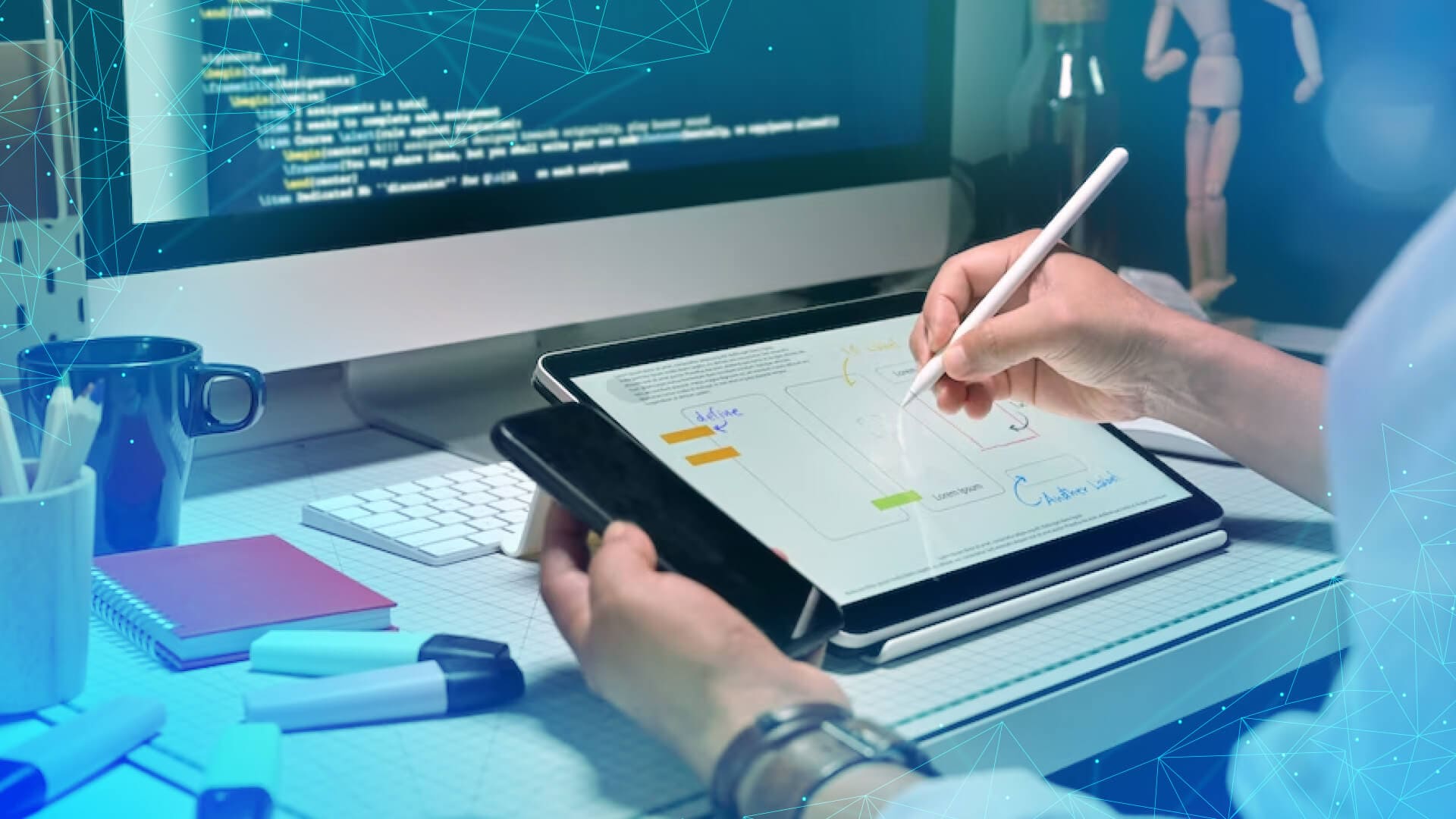In the era of digital transformation, user experience has become a key component for the success of any business. The design of digital products and services can no longer be based solely on functionality or technical aspects but must instead prioritize the user. This means designing products and services that are intuitive, attractive and easy to use, taking into account users’ needs and expectations.
User experience encompasses all aspects of the interaction between a user and a product or service, including navigation, visual appearance, ease of use, system responsiveness and overall satisfaction. When users have a positive experience interacting with a product or service, they are more likely to be attracted to it, use it frequently and ultimately become loyal customers.
Para lograr una experiencia del usuario óptima, se han desarrollado servicios de experience design que se centran en el diseño de interfaces de usuario intuitivas y en la creación de experiencias satisfactorias y eficientes. Estos servicios incluyen una serie de prácticas y metodologías, como la investigación de usuarios, la creación de prototipos, la evaluación de usabilidad, la arquitectura de la información y el diseño visual.
- User research is fundamental to understanding user needs, wants and behaviors. Techniques such as surveys, interviews and data analysis are used to gather valuable information to guide user experience design. This research provides insights into how users interact with a product or service and what improvements can be made to meet their needs.
- Prototyping is another crucial stage in user experience design. Prototypes allow ideas to be tested and validated before final implem entation, saving time and resources. These prototypes can be interactive, allowing users to experience the product’s functionality and interface prior to launch.
- Usability evaluation is performed through testing with real users to identify potential problems and improve the usability of a product or service. This involves observing how users interact with the product and gathering the ir feedback to make adjustments and improvements.
- Information architecture refers to the structure and organization of information within a product or service. A clear and consistent information design facilitates navigation and helps users find what they are looking for quickly and easily.
- Visual design focuses on the aesthetic appearance of a product or service. An attractive and consistent visual design creates a visually pleasing experience and reinforces the company’s brand.
At Touch Consulting, we offer Experience Design services with the aim of crafting memorable user-centered experiences to drive our clients’ business objectives.

